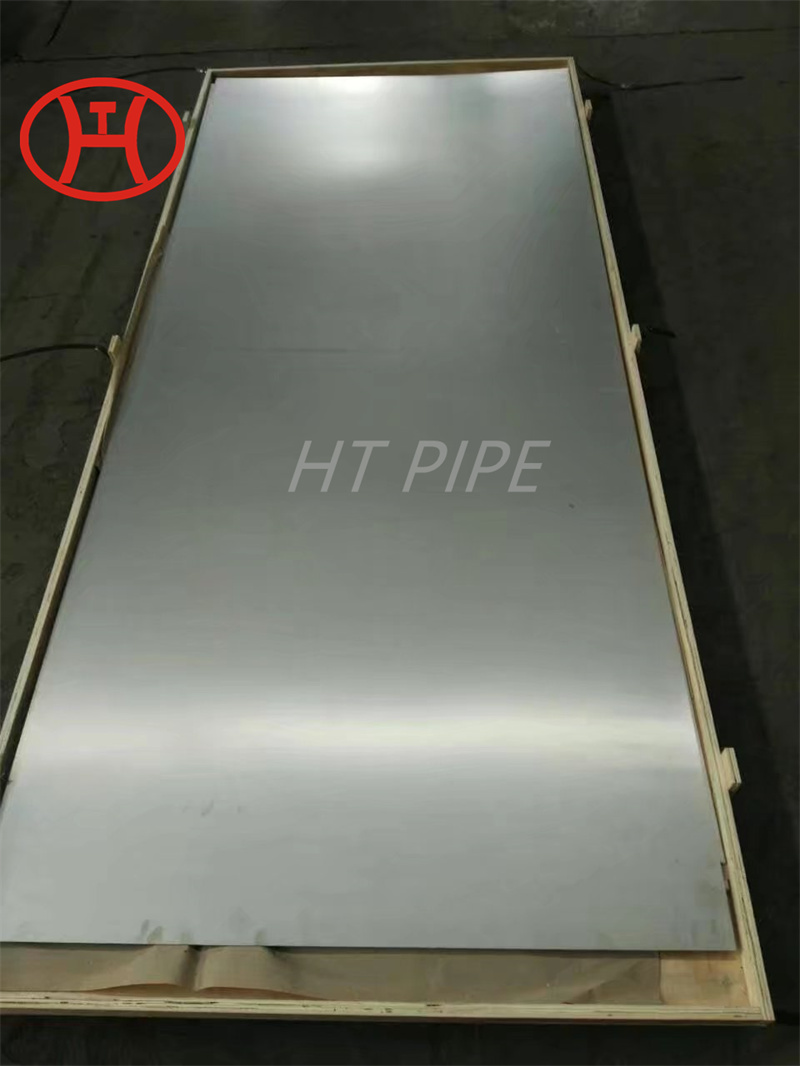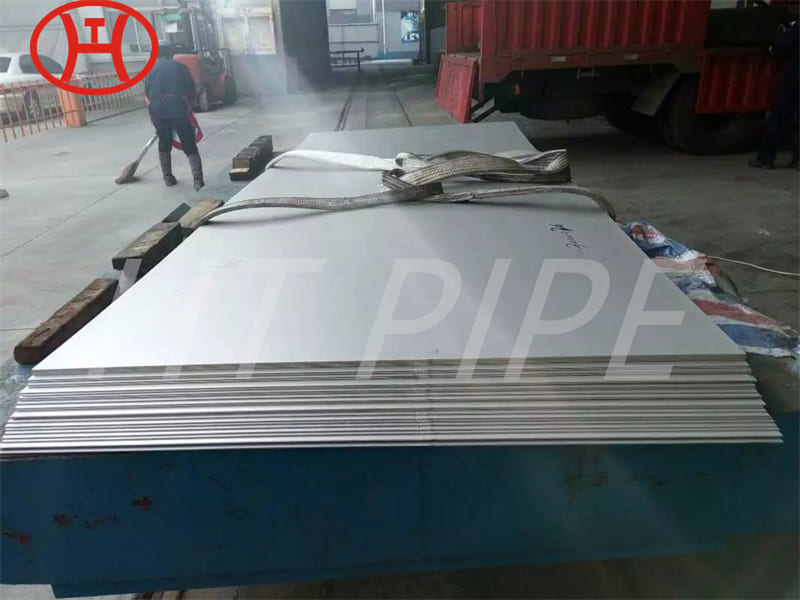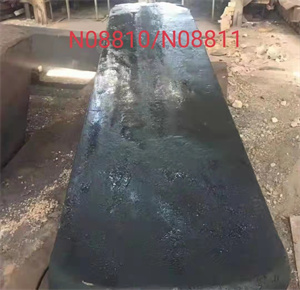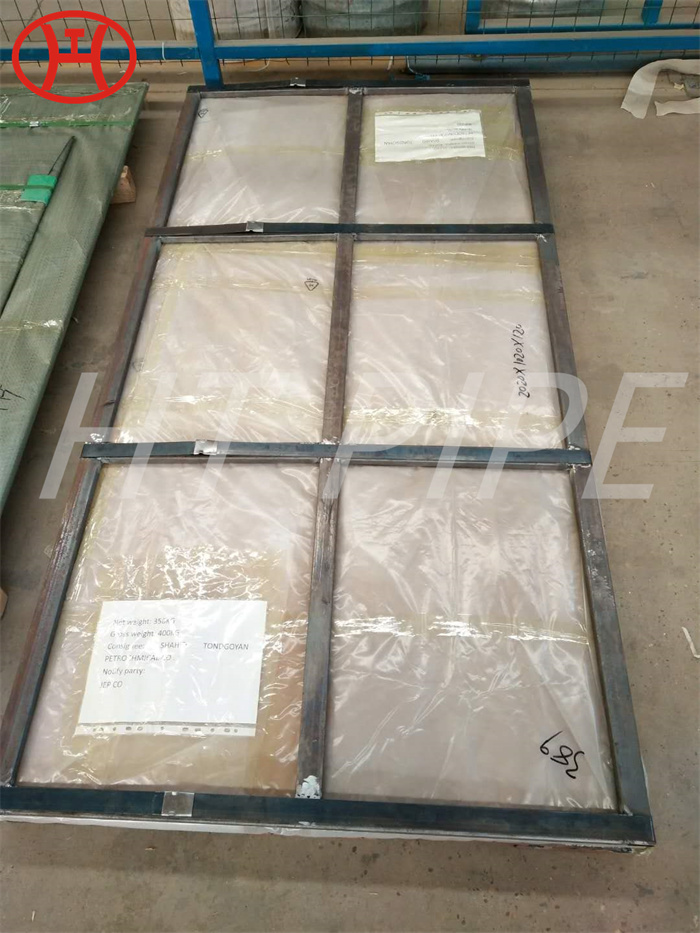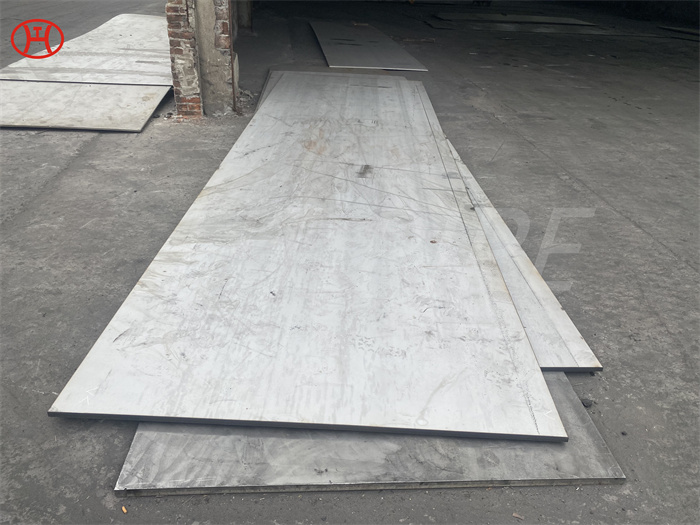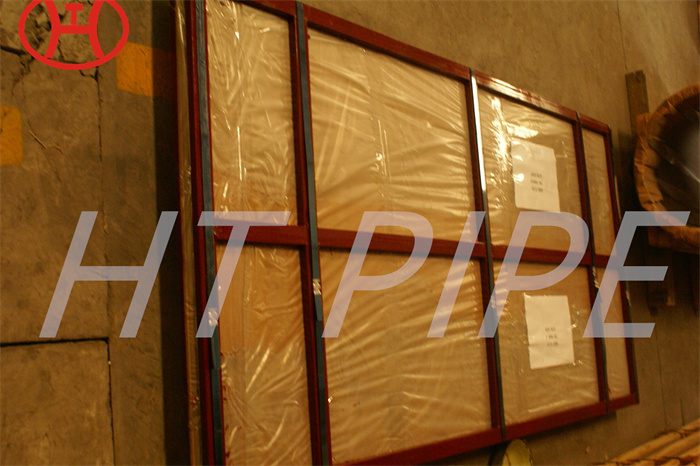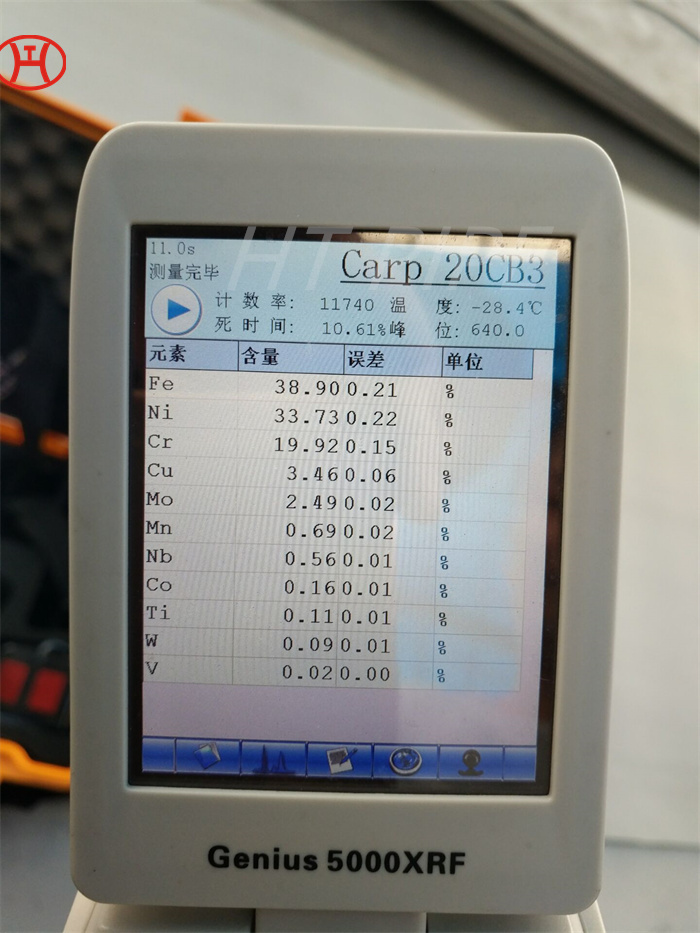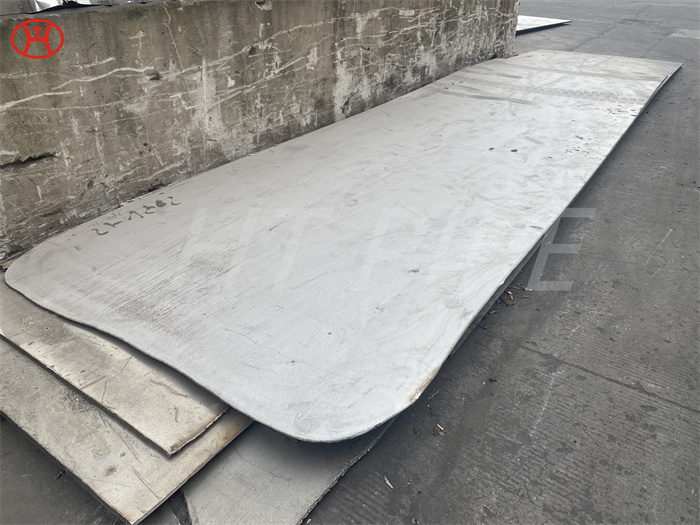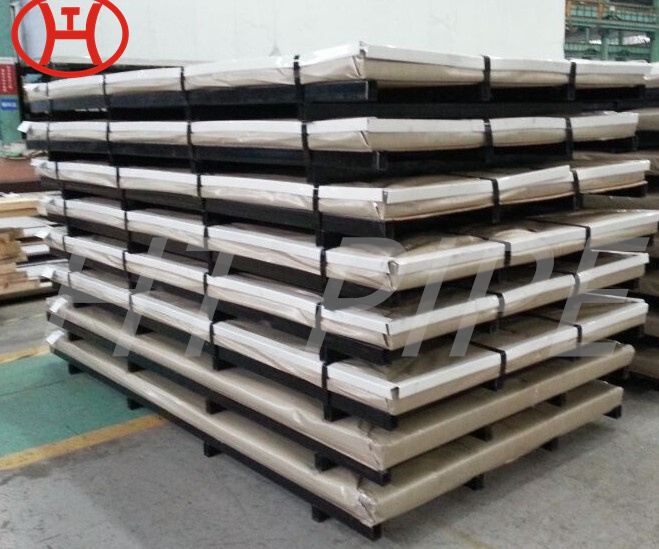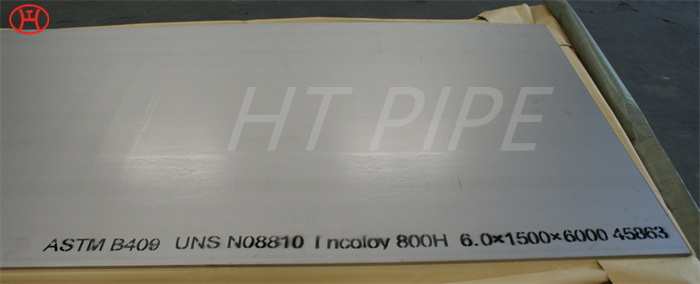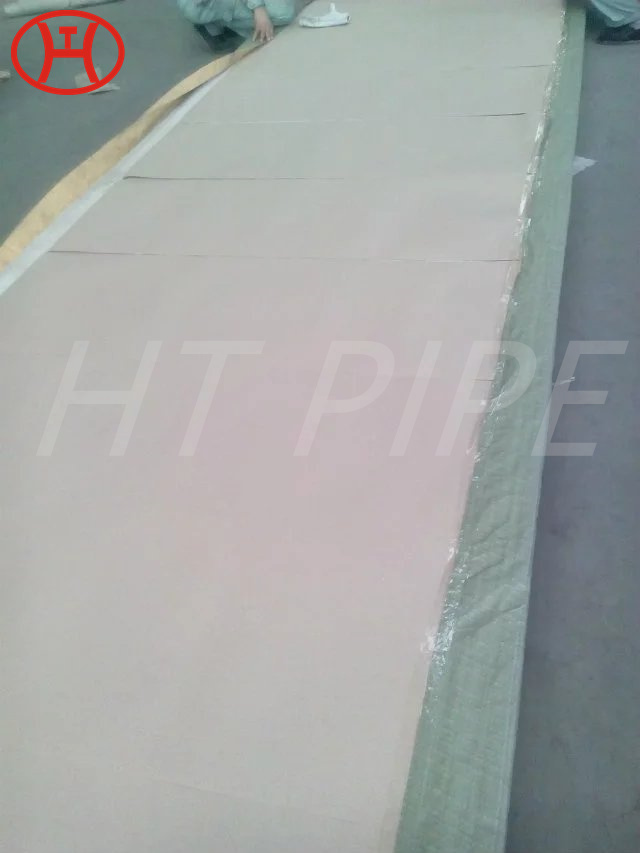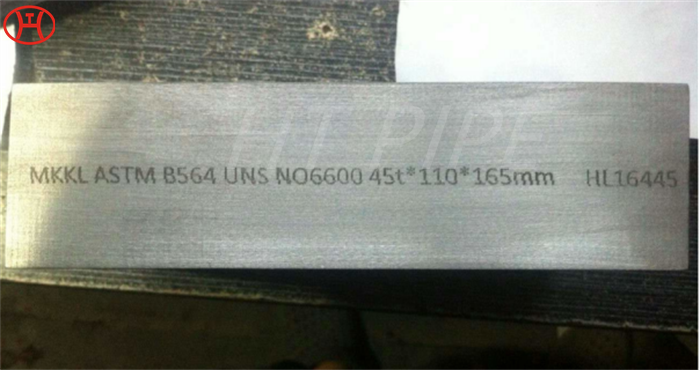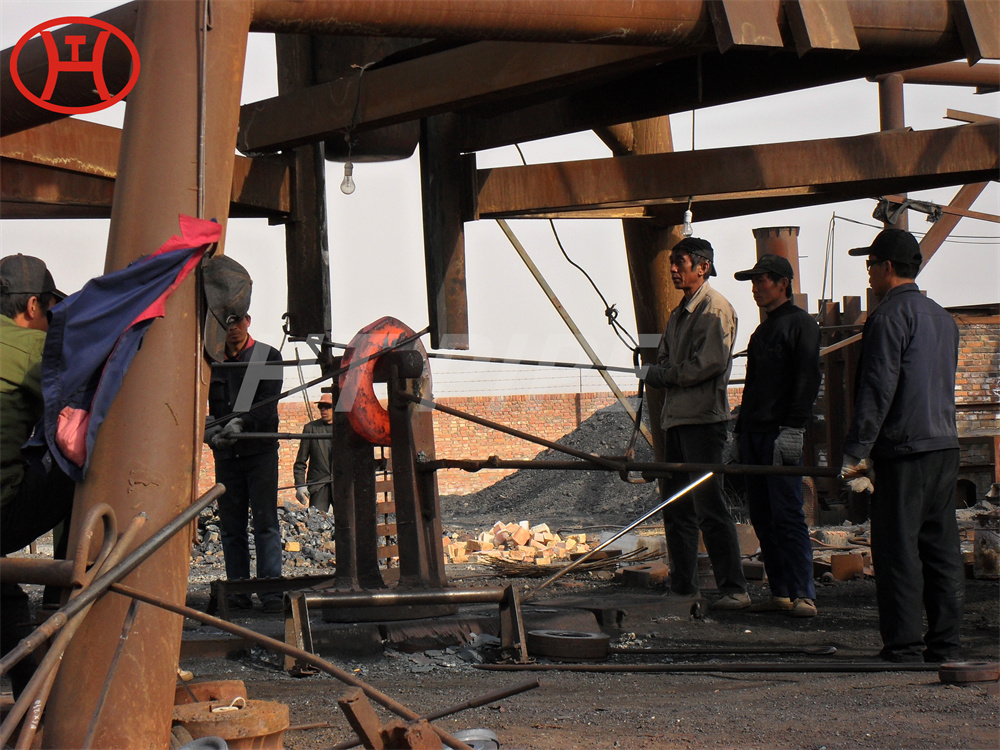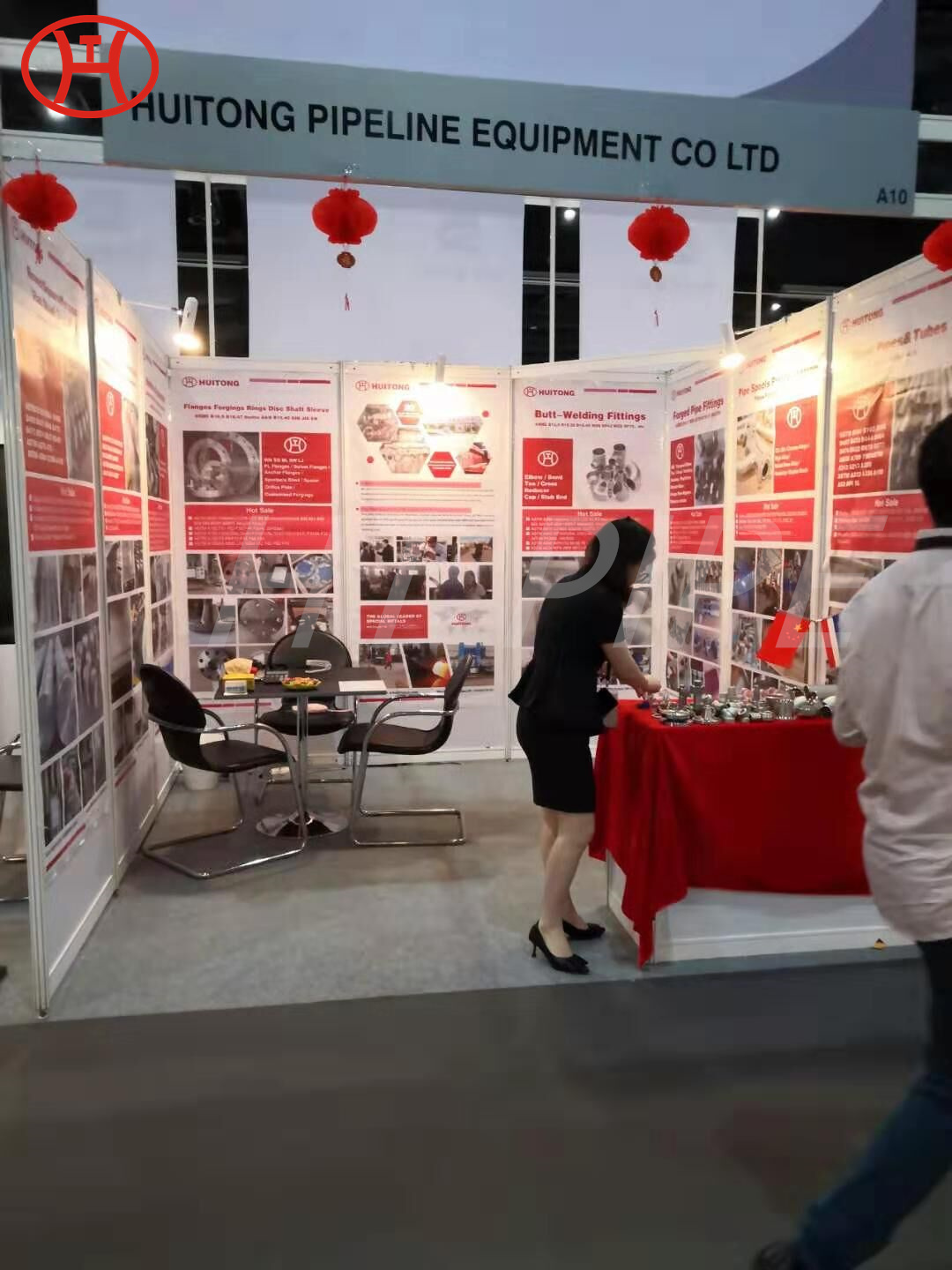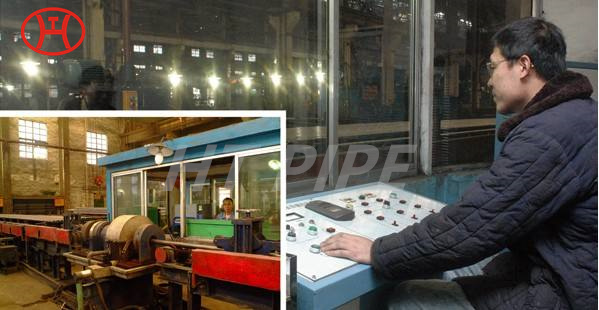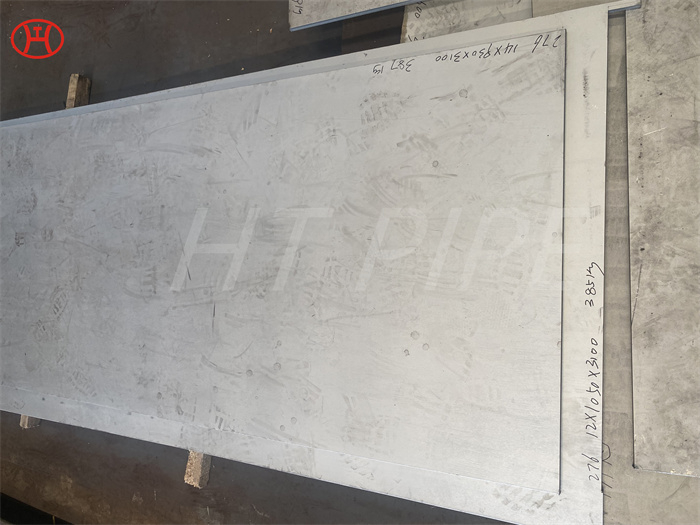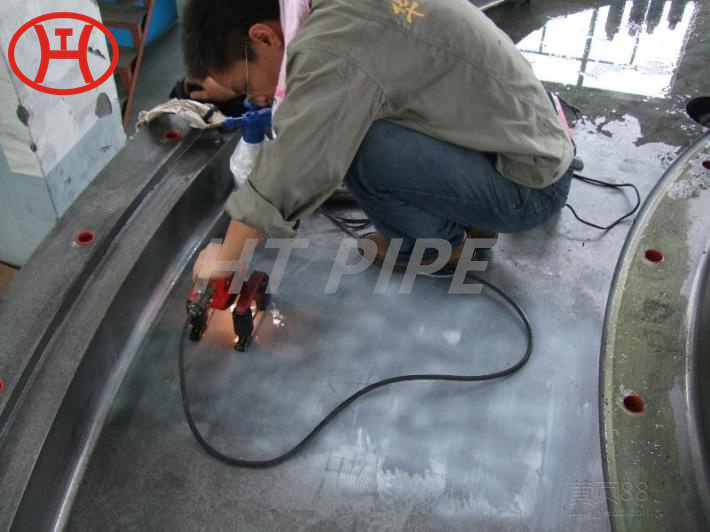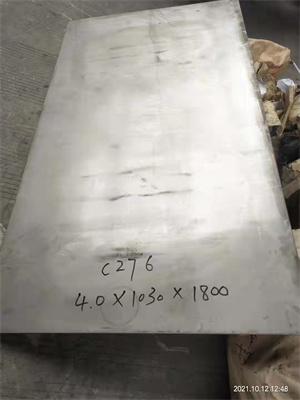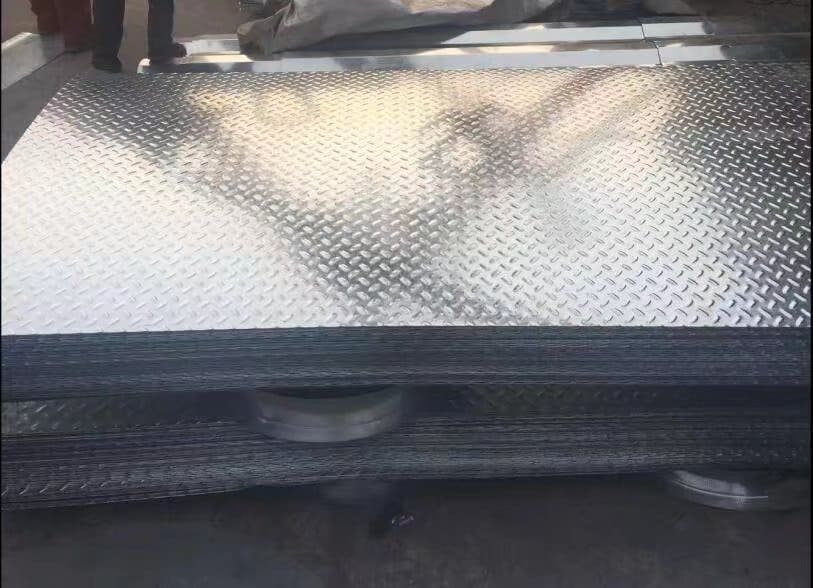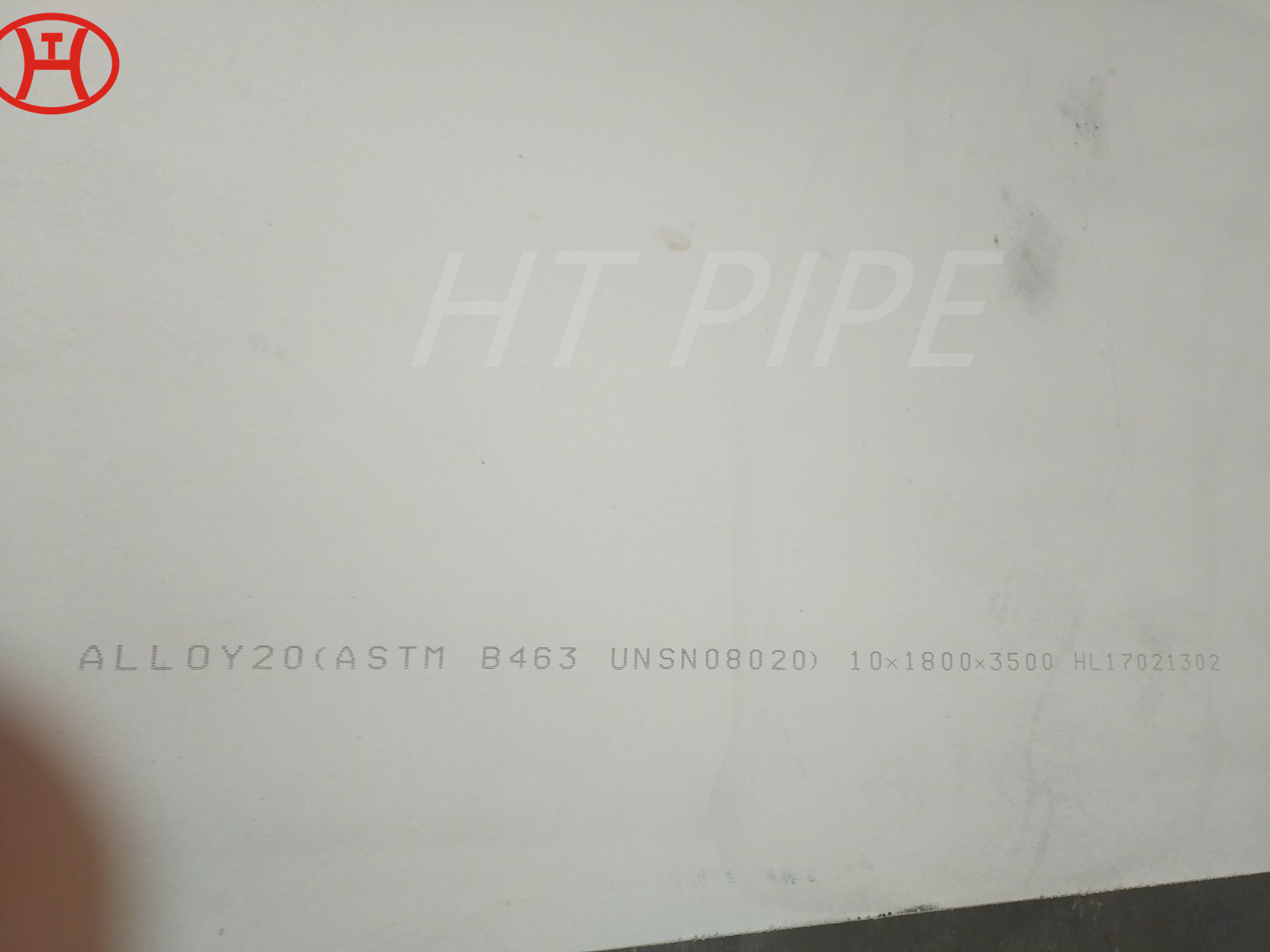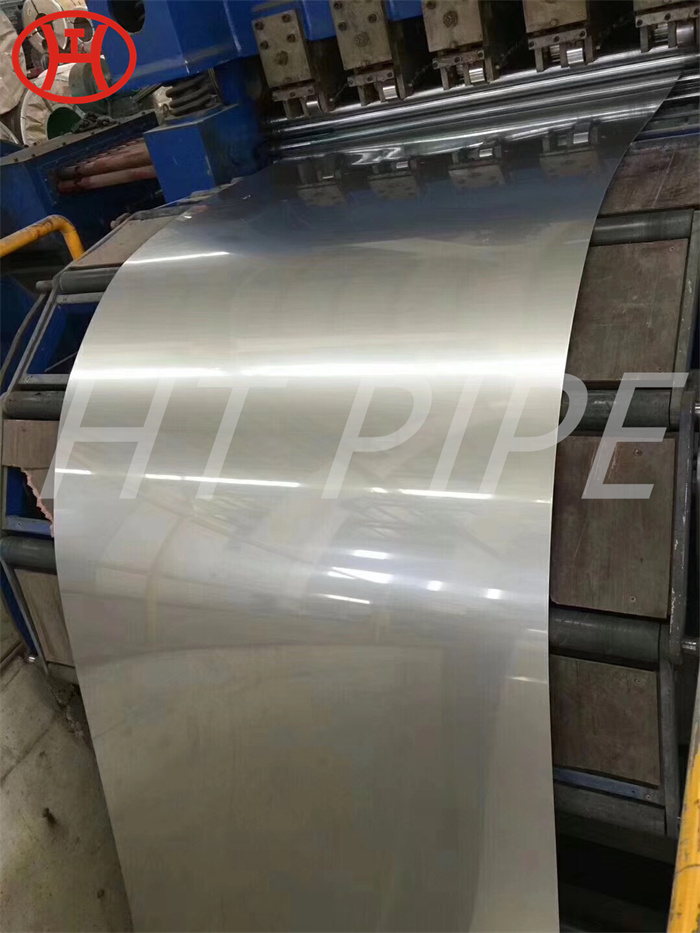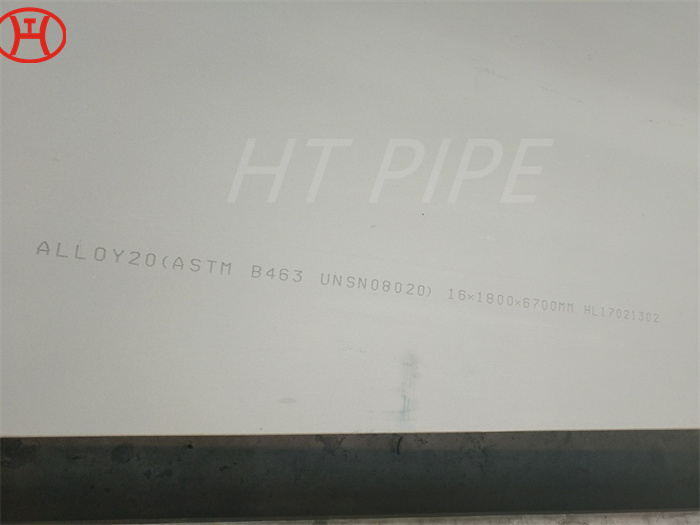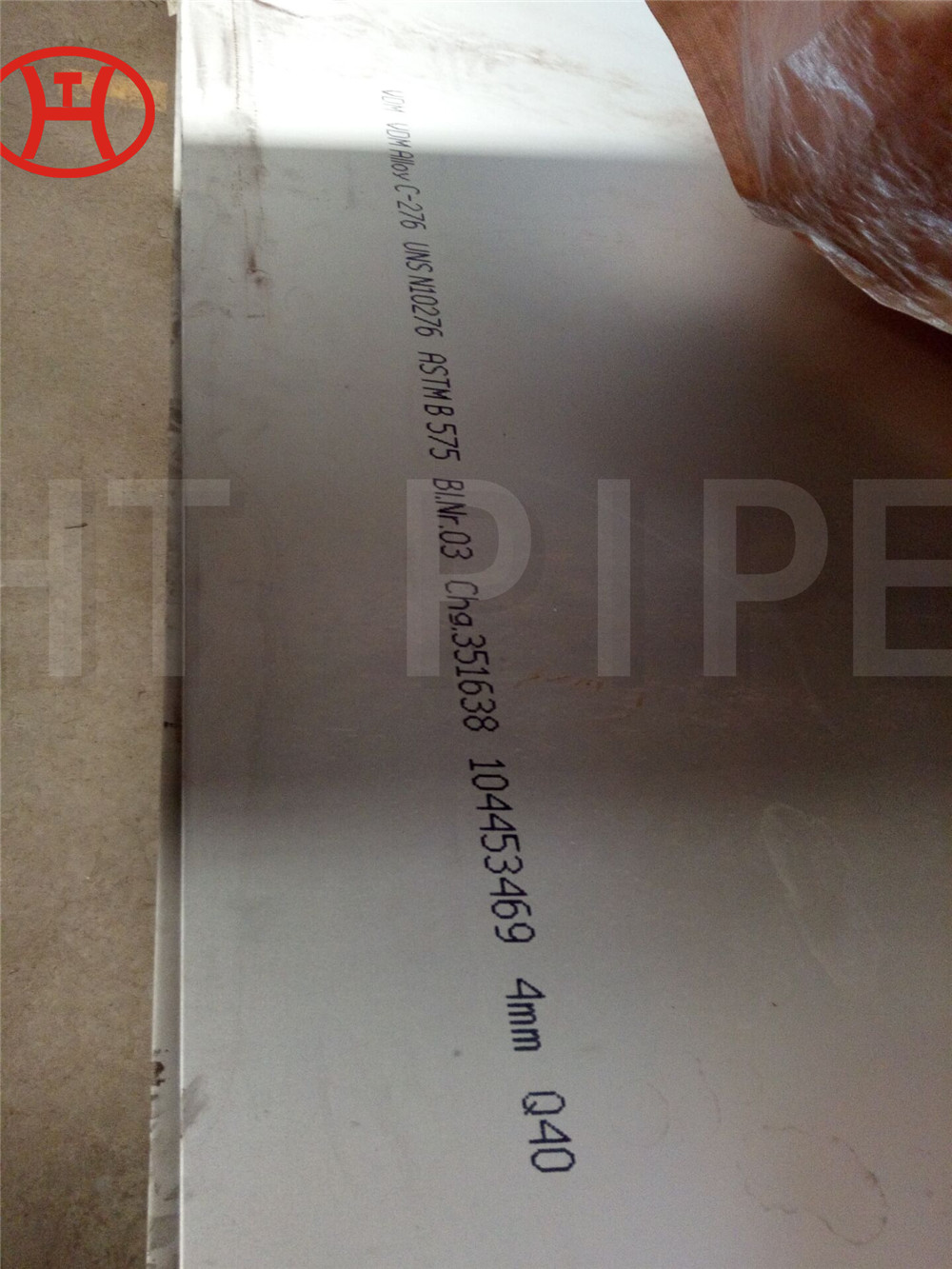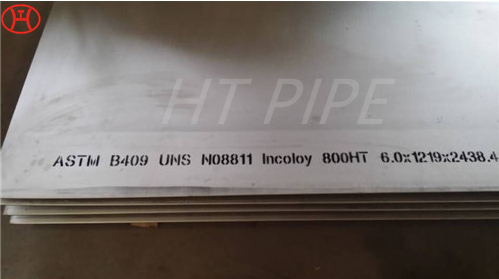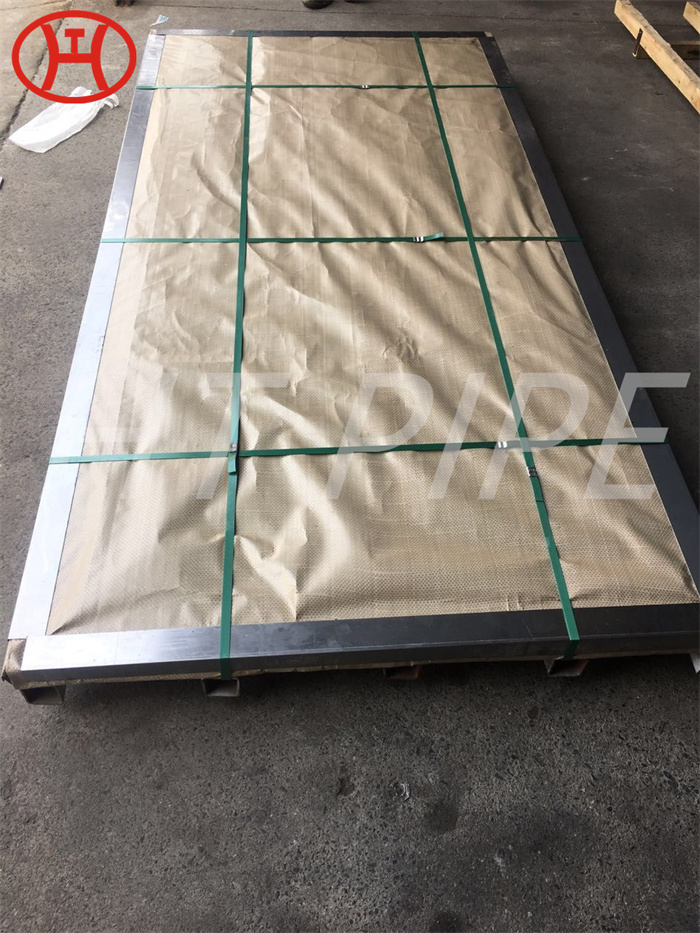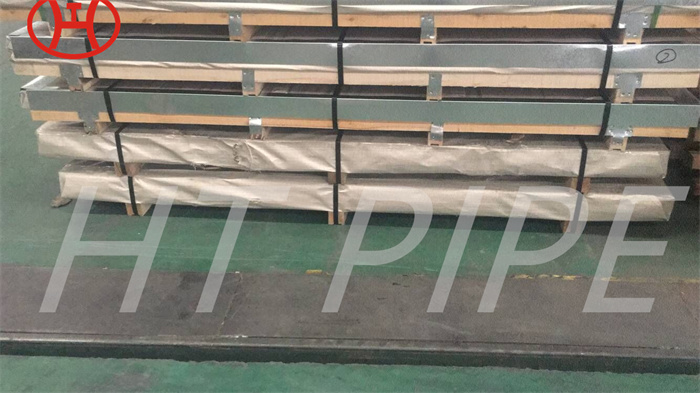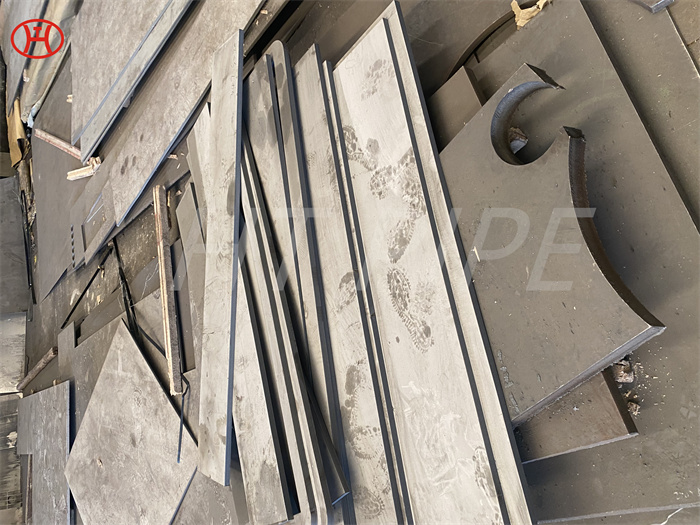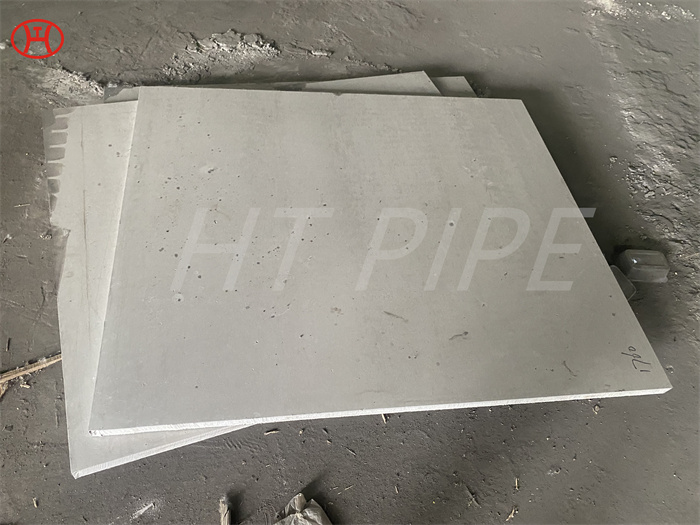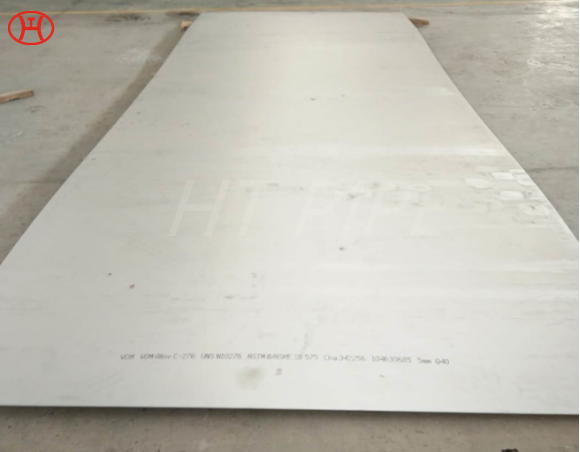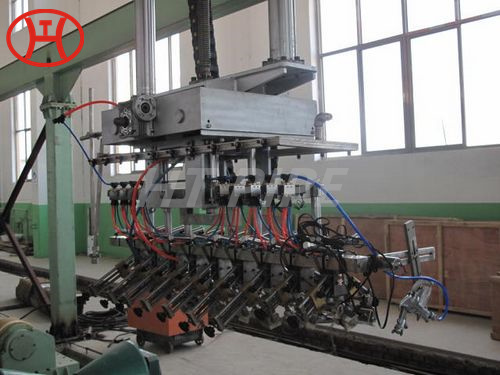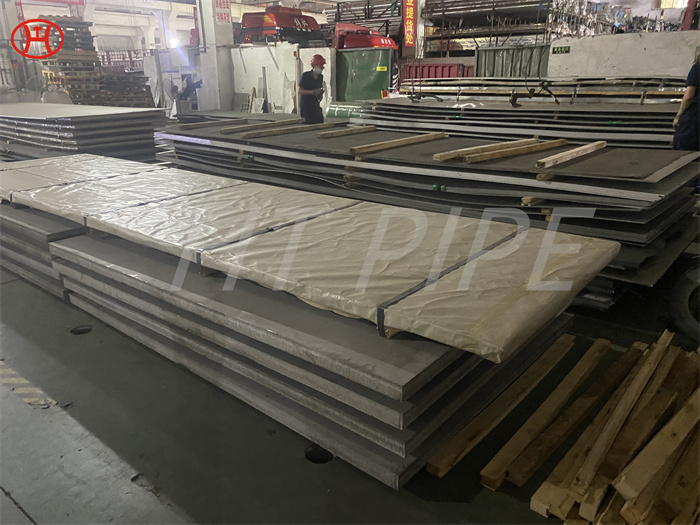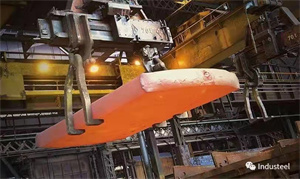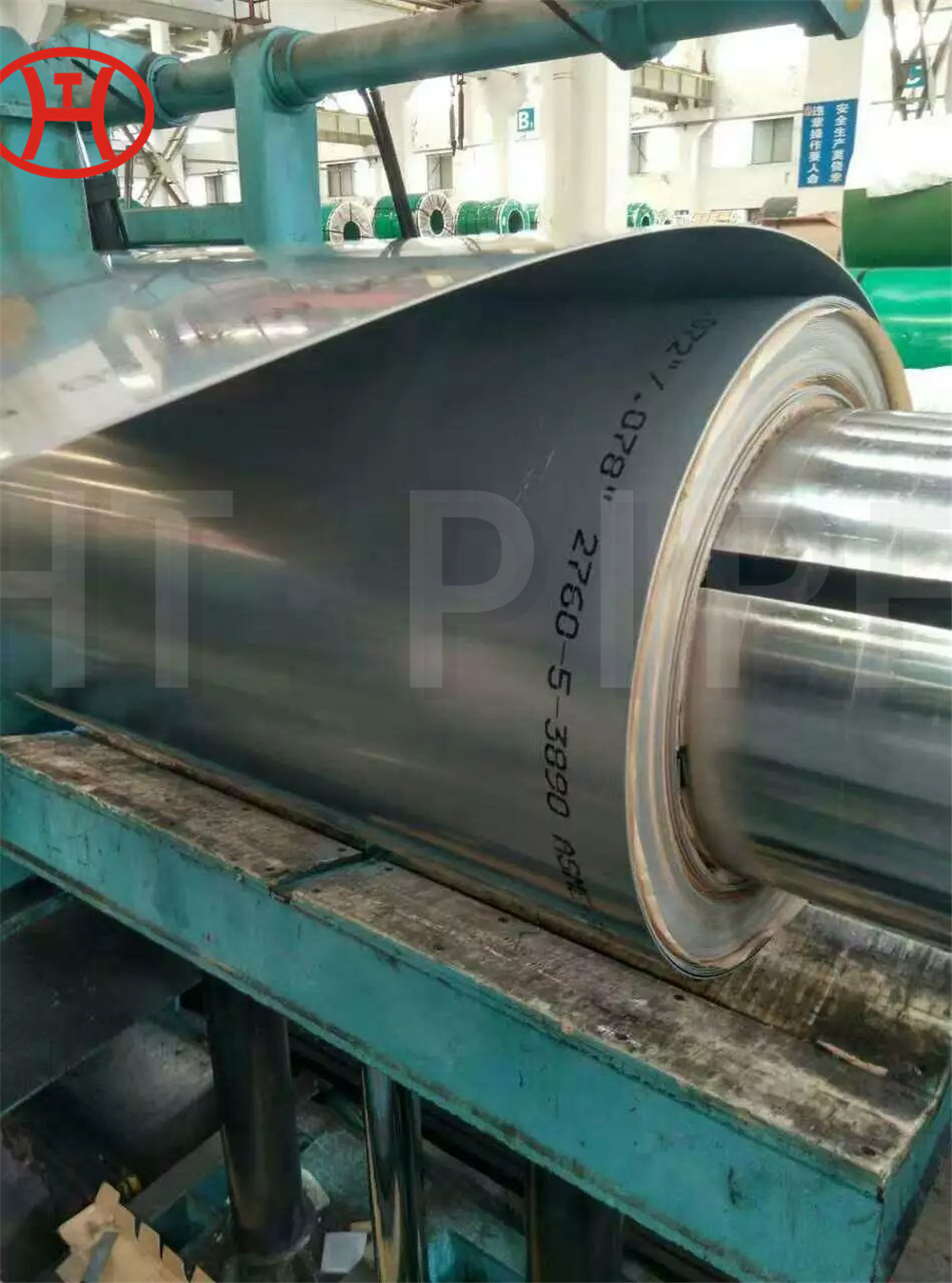UNS N02200 Nickel 200 2.4060 Nickel Alloy Steel Plate Sheet ASTM B474
Commercially pure wrought Nickel with good mechanical properties over a wide range of temperature and excellent resistance to many corrosives, in particular hydroxides.
Good resistance to corrosion in acids and alkalis and is most useful under reducing conditions. Outstanding resistance to caustic alkalis up to and including the molten state. In acid, alkaline and neutral salt solutions the material shows good resistance, but in oxidizing salt solutions severe attack will occur. Resistant to all dry gases at room temperature and in dry chlorine and hydrogen chloride may be used in temperatures up to 550C. Resistance to mineral acids varies according to temperature and concentration and whether the solution is aerated or not. Corrosion resistance is better in de aerated acid.
Manufacture and handling of sodium hydroxide, particularly at temperature above 300C.
Production of viscose rayon. Manufacture of soap.
Analine hydrochloride production and in the chlorination of aliphatic hydrocarbons such as benzene, methane and ethane.
Manufacture of vinyl chloride monomer.
Reactors and vessels in which fluorine is generated and reacted with hydrocarbons.

